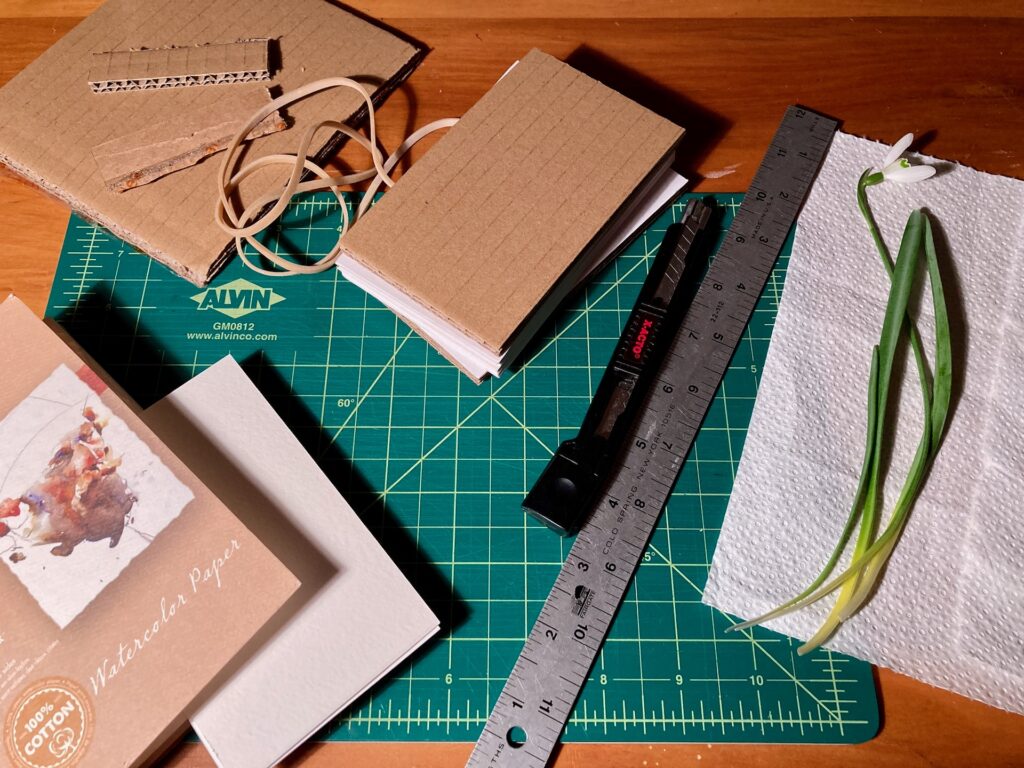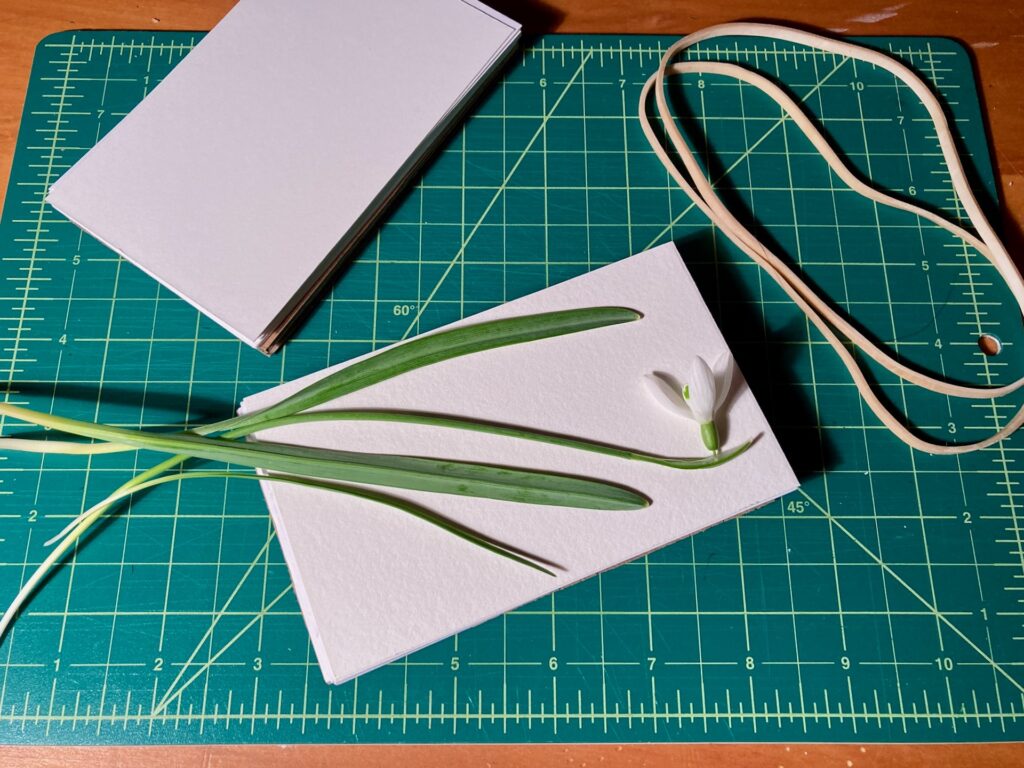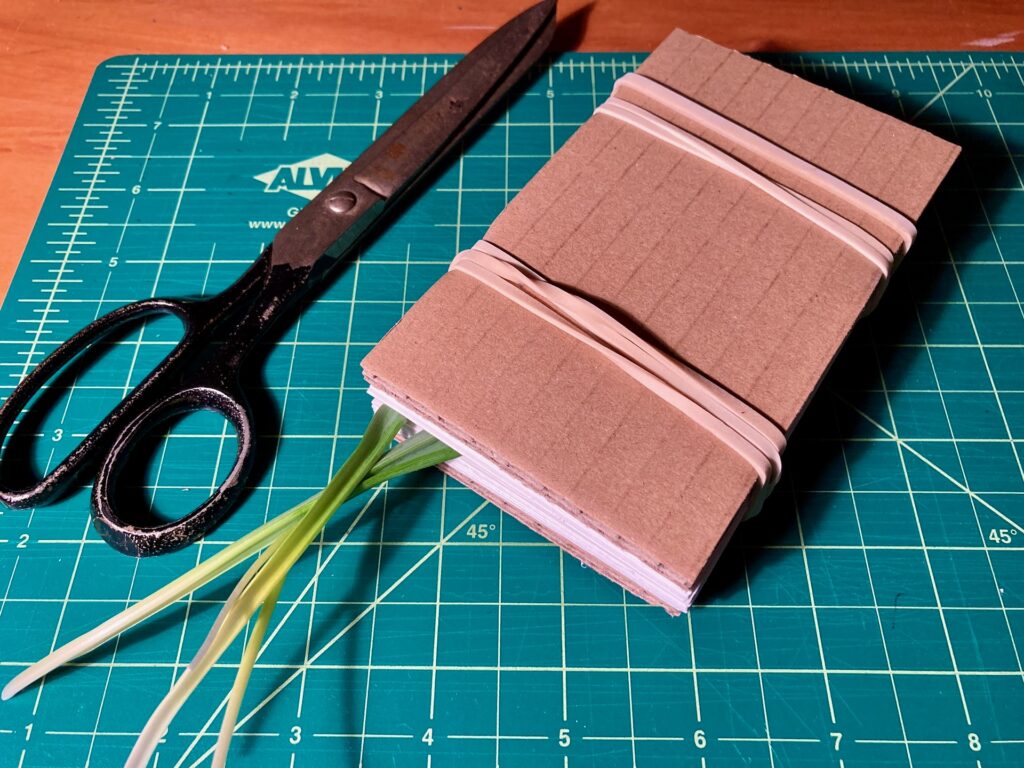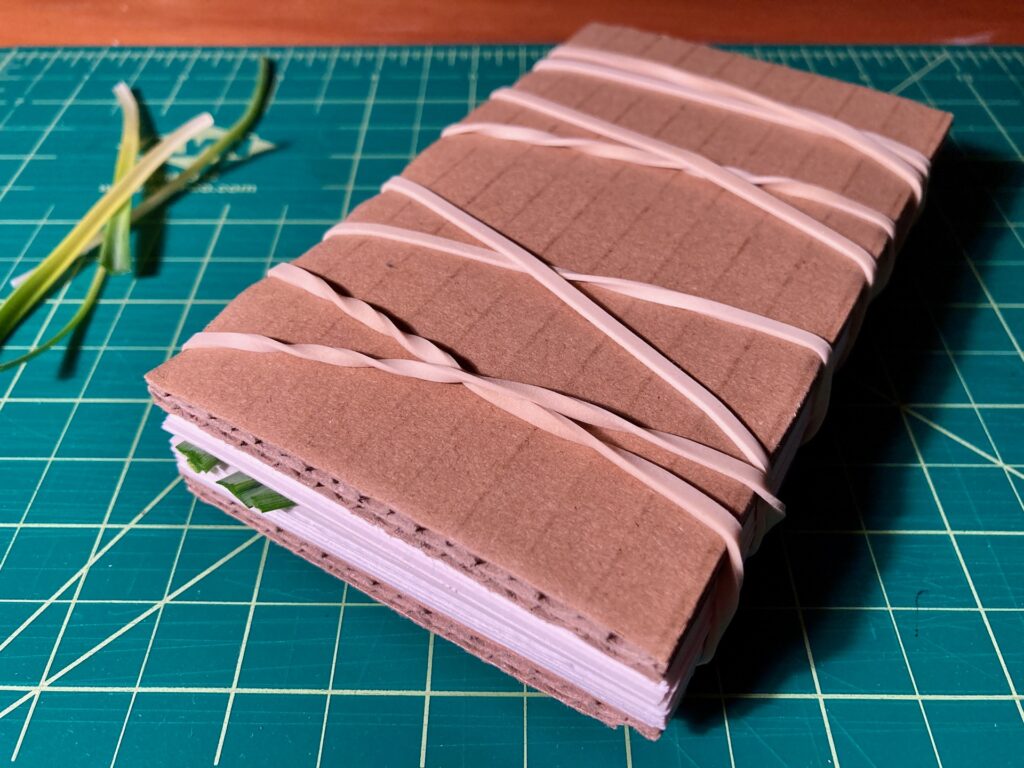A letter from Dr. Samuel Johnson, to his friend Dr. Lawrence whose wife had just died:
“The loss, dear Sir, which you have lately suffered, I felt many years ago, and know therefore how much has been taken from you, and how little help can be had from consolation. He that outlives a wife whom he has long loved, sees himself disjoined from the only mind that has the same hopes, and fears, and interest; from the only companion with whom he has shared much good or evil; and with whom he could set his mind at liberty, to retrace the past or anticipate the future. The continuity of being is lacerated; the settled course of sentimant and action is stopped; and life stands suspended suspended and motionless, till it is driven by external causes into a new channel. But the time of suspense is dreadful.”
from Boswell’s Life of Johnson, 20 Jan. 1780





